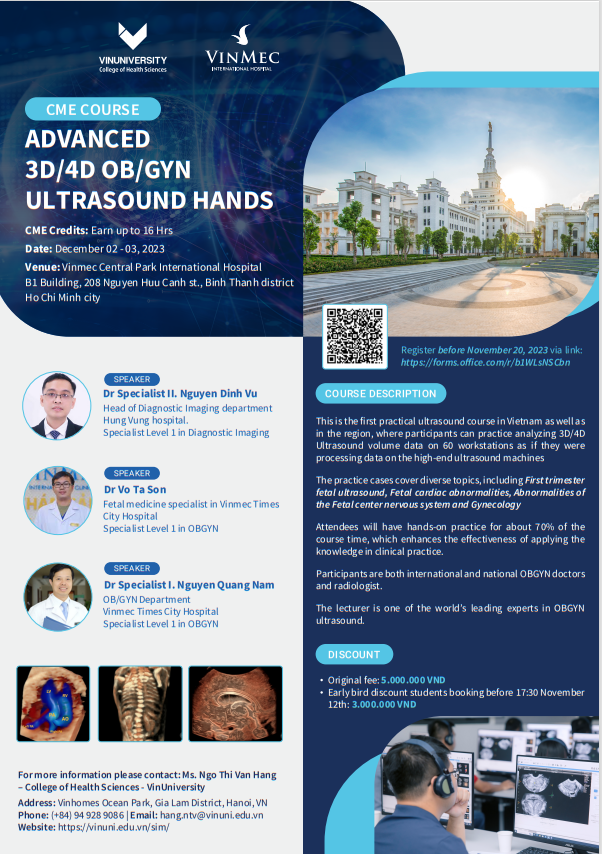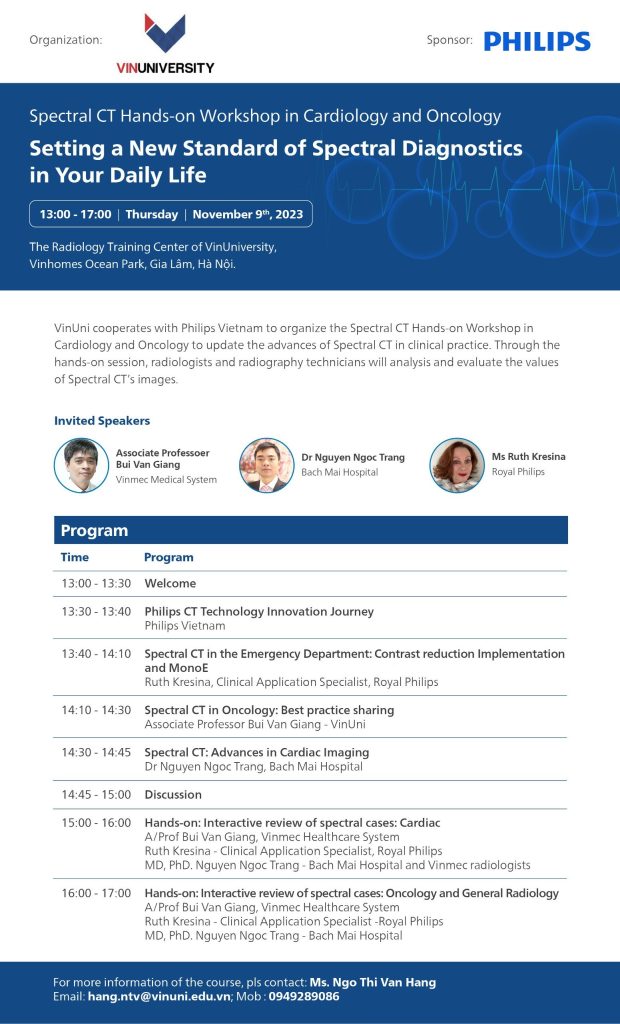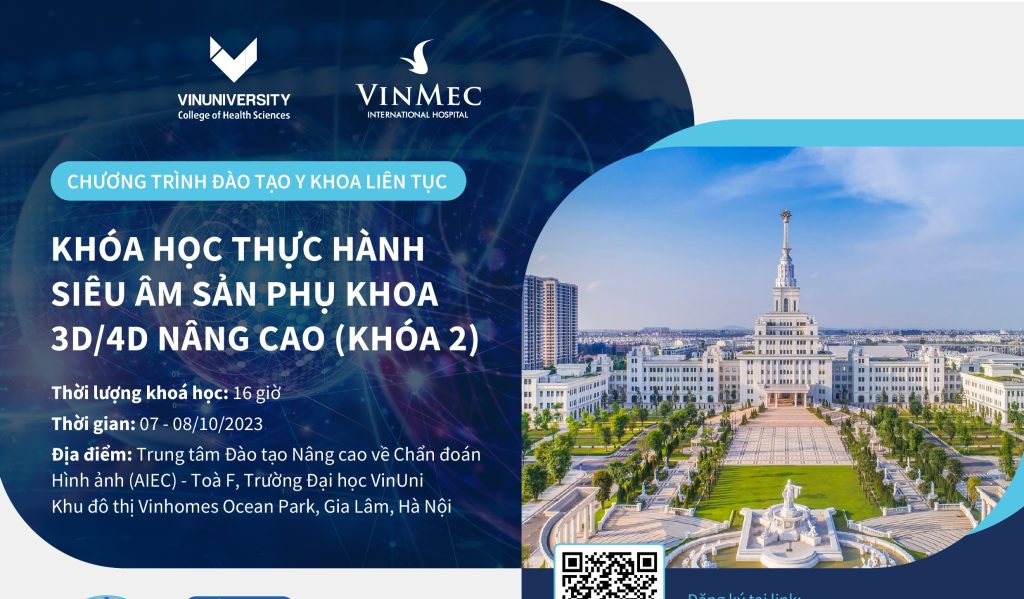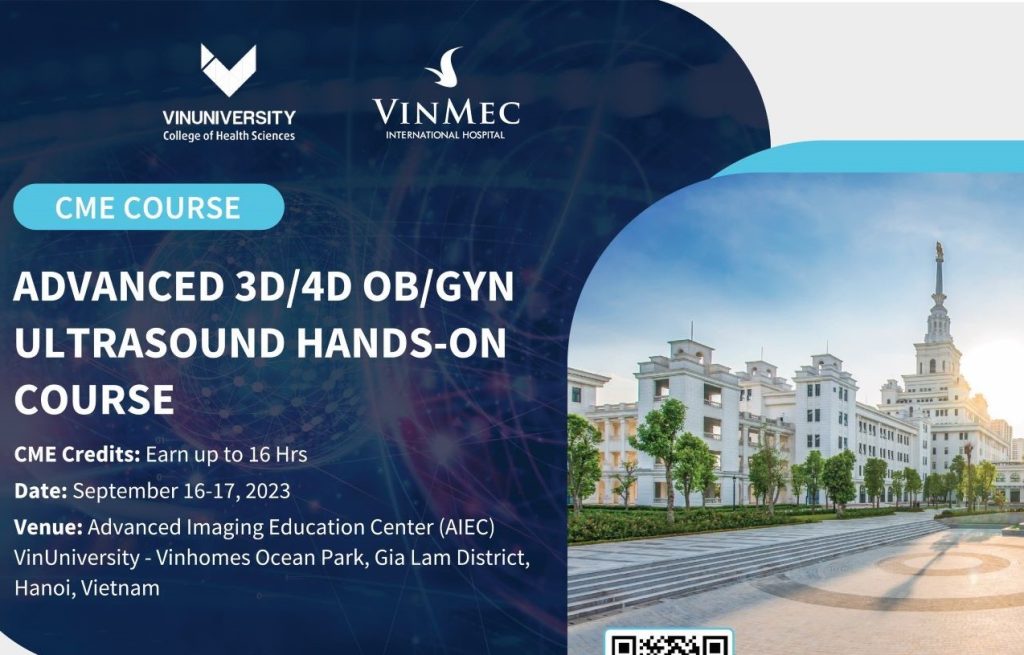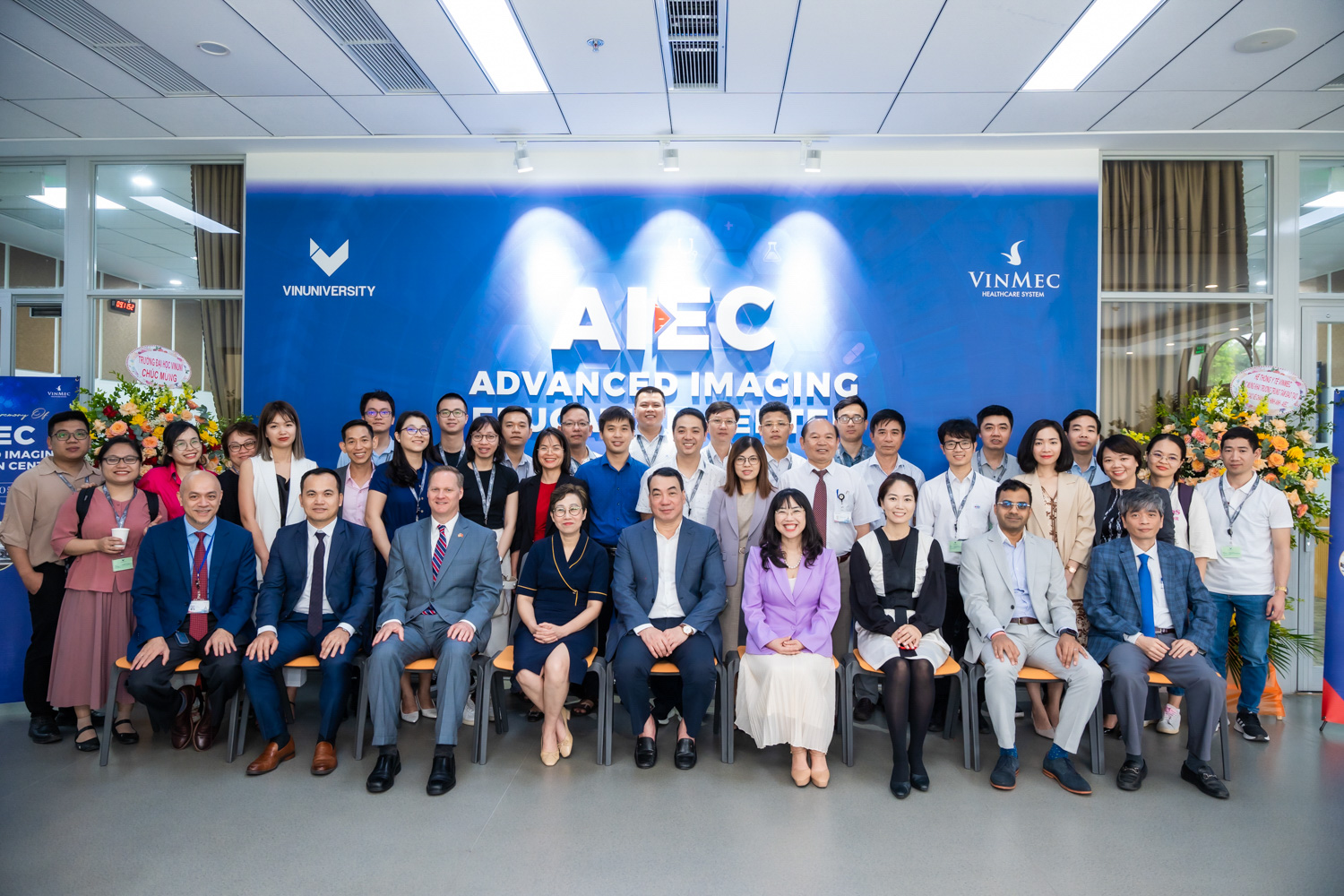Recently, the Journal of Cutaneous Immunology and Allergy accepted the paper submission on autosomal recessive hyper-IgE (AR-HIES) syndrome of Dr. Nguyen Hoang Kim Han – VinUniversity Medical Resident and co-author of the paper. The paper is written with Dr. Nguyen Quynh Anh and Dr. Tran Hoang Mai. The paper reports a rare clinical case of AR-HIES in order to improve the understanding and treatment of the disease among the domestic and international medical community.

Hyperimmunoglobulin E syndrome (HIES) is a very rare immunodeficiency disorder, first reported in 1966 among patients with a triad of staphylococcal skin abscess, recurrent pneumonia and high levels of IgE and antibody in blood – more than 10 times higher than normal (>2000 IU/ml) [1]. With a rare prevalence of 1:1,000,000, HIES is easily missed and misdiagnosed as common infections, thus resulting in treatment failure.
During Dr. Kim Han’s clinical internship at Vinmec Times City Hospital, a male Japanese patient was admitted to the ER department with high fever, lethargy, and a rash all over his body. Blood tests showed eosinophilia. This difficult and rare case required consultations from many specialties, in which Dr. Nguyen Van Dinh diagnosed the patient with HIES syndrome from a very early stage.
HIES is divided into: Autosomal dominant AD-HIES, which accounts for 70-80%, and Autosomal recessive AR-HIES, which accounts for 20-30% [2]. The patient belonged to the less common group, AR-HIES, and is also one of the first cases reported in Asia. This was what prompted Dr. Kim Han and her team to monitor the patient’s clinical signs, diagnostic tests, and drugs used in treatment, in order to share their experiences with other colleagues.
As a first-year resident, Dr. Kim Han had only just begun her internship at Vinmec and did not have much clinical or research experience. However, according to Kim Han, VinUniversity professors and lecturers gave her enthusiastic support, from teaching her how to write clinical case reports to choosing reputable journals for submission.
Discussing research opportunities at the VinUniversity Residency program, Dr. Kim Han emphasized: “All of us residents are given the opportunity to participate in a variety of research activities, from small clinical cases to large hospital projects. If we have a personal research idea, the lecturers at Vinmec and VinUniversity will facilitate by helping us find instructors, funding, and other support in terms of research resources for us to realize our goal. ”
Dr. Nguyen Van Dinh, Head of the Internal Medicine Department, Vinmec Times City International Hospital, affiliated Assistant Professor at VinUniversity College of Health Sciences shared: “Through the process of writing and journal selection while maintaining compliance with the ethics of scientific research, VinUniversity residents were exposed to the standardized process of publishing a paper. Additionally, the publication of this article on a rare clinical case like HIES in a specialized journal is a testament to the expertise of Vinmec hospitals in the diagnosis and treatment of rare diseases, with close cooperation between the hospital’s departments.”
The Journal of Cutaneous Immunology and Allergy publishes high quality peer-reviewed manuscripts covering the entire scope of cutaneous immunology and allergy, from molecular studies to clinical investigations and observations. As the official journal of The Japanese Society for Cutaneous Immunology and Allergy, the Journal of Cutaneous Immunology and Allergy serves as an international forum for the work of all skin researchers and dermatological scientists.
[1] Grimbacher B, Holland SM, Puck JM. Hyper-IgE syndromes. Immunol Rev. 2005 Feb;203:244-50. doi: 10.1111/j.0105-2896.2005.00228.x. PMID: 15661034.
[2] Liza M, Gaurav D, Prasenjeet M, Swapna J, Binodini B. Autosomal-Recessive Hyper-IgE Syndrome. Indian J Dermatol. 2018 Jan-Feb;63(1):79-81. doi: 10.4103/ijd.IJD_445_16. PMID: 29527033; PMCID: PMC5838762.

